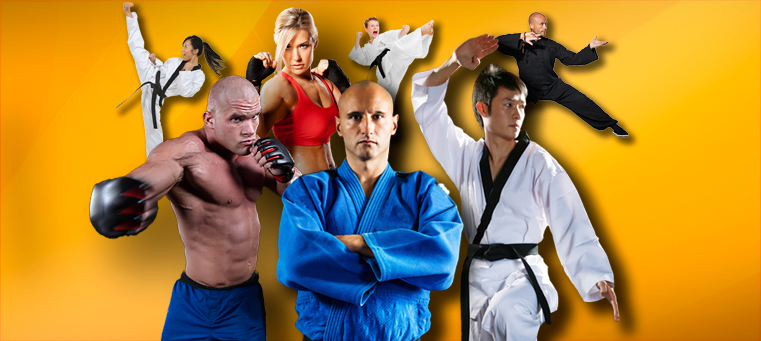Fitness and exercise are crucial to the healthy functioning of both the mind and the body. Some individuals are naturally active, as a result of an active upbringing, but this is not the case inmost Americans today. While adult society is growing in awareness of the need for good fitness and health, the same cannot be said for young children. Nowadays, with all the technology and gadgetry available, fewer children are taking to the streets and parks to toss a football around or do pretty much any other outdoor physical activity. As a parent, it is extremely important to monitor how much exercise and physical activity a child is getting, and ensure that they remain active during their most formative years.
School vs. play
Children of the youngest of ages do not have the pressures of going to school, and often learn through play itself. However, as they grow older, school work and other responsibilities limit the amount of time they have to spend outside playing games or performing any kind of physical activity. While academics are certainly important, a parent should strive to find a balance between work and physical activity for their children.
During a child’s first few years, his or her muscles and bones are still in development. For children to become strong and healthy, it is important for them to engage in diverse physical activities on a regular basis. Apart from strengthening their bodies, physical activity also helps children sleep better at night. Moreover, exercise releases important chemicals in the brain and body that foster a positive outlook and attitude. Finally, frequent exercise also limits the chances of serious medical conditions like diabetes or obesity from developing, which occurs today in Americans of all ages at an alarming rate.
Teaching the whole person
Apart from actually keeping the body fit, exercise does a number of extraordinary things to the mind as well. Physical activities like sports provide a relief or an stress outlet from the day to day school routine that most children have nowadays. It’s something to look forward to, a short time where they can be focus on something more enjoyable than their problems! Moreover, just the act of playing and working with a group of friends helps social skills as well. It goes without saying that a child who is physically active is more energized, and prepared to take on each and every day. If your children are interested, you can usually find a great introductory offer or free trial at most martial arts training facilities. Such classes help children in becoming independent, while also keeping them healthy and fit body, mind, and spirit.

